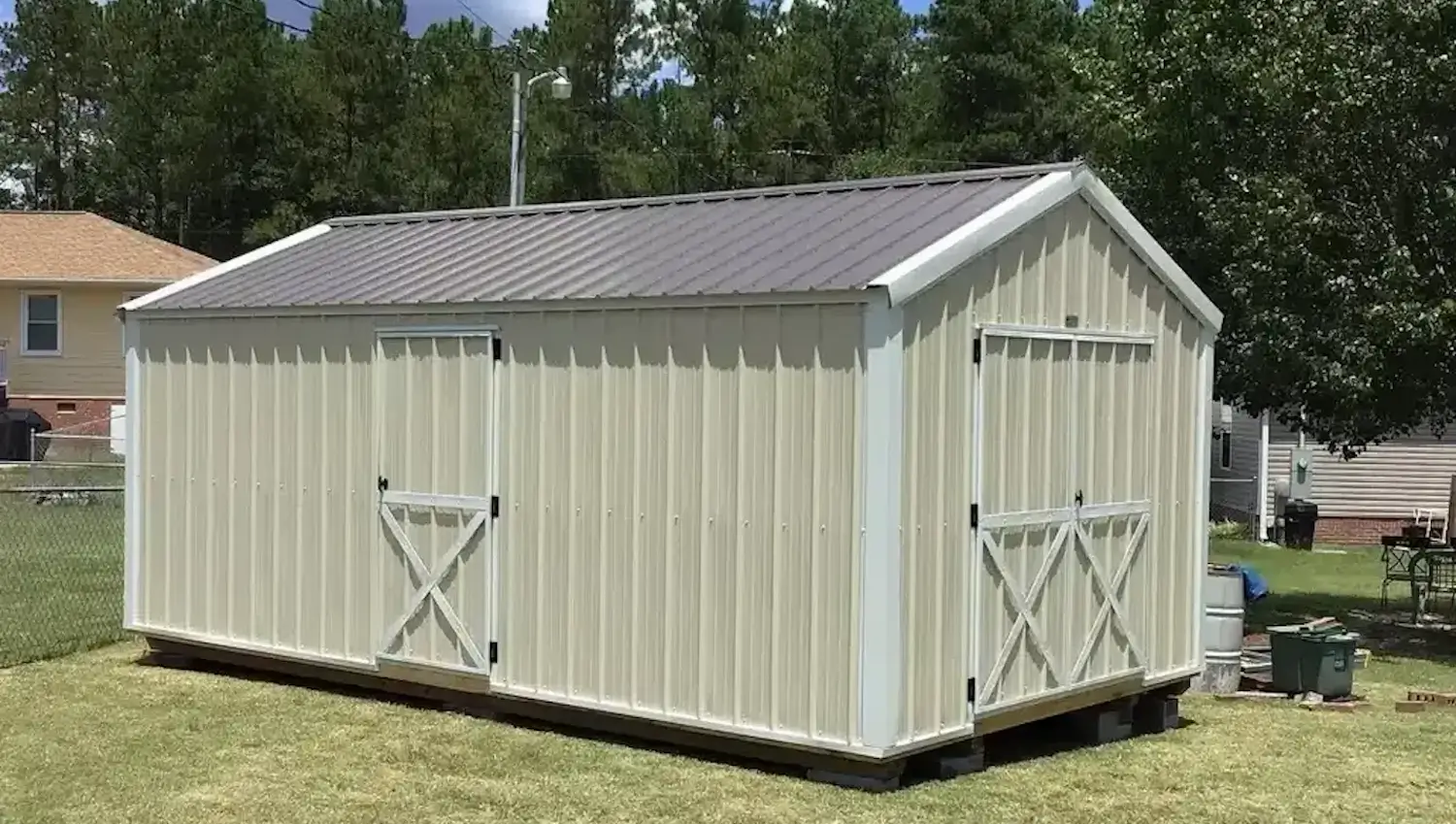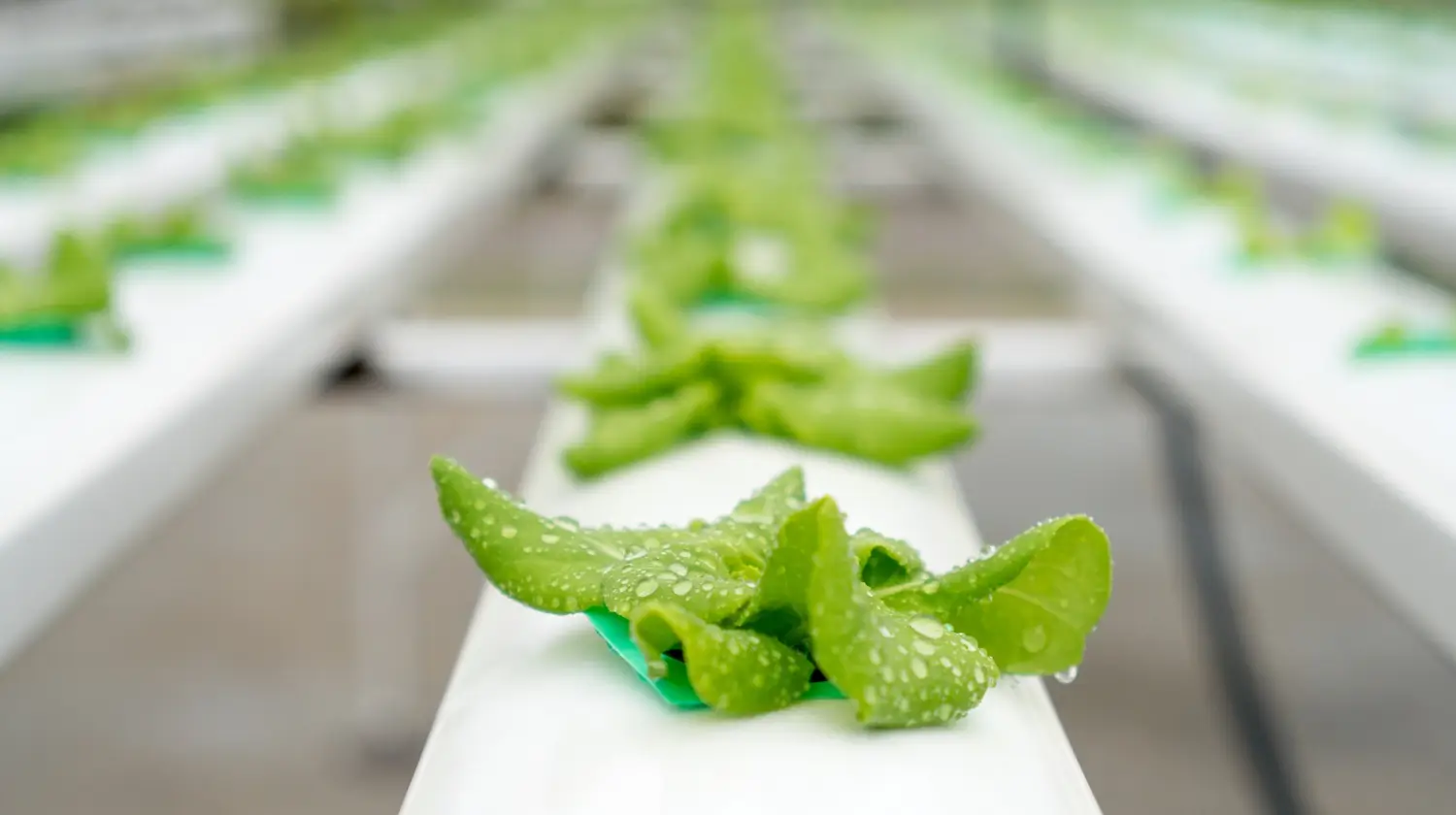
August 24, 2025

Hydroponics allow gardeners to grow fresh vegetables and herbs at home without soil, messy pots, or seasonal limits. This modern method is changing the way food is grown. As more people turn to urban farming and sustainable food production, the global hydroponics market is expected to reach $17.9 billion by 2026.
Hydroponic propagation allows plants to grow faster, produce higher yields, and use 90% less water compared to traditional gardening. Instead of soil, plants receive nutrients through water-based solutions. Traditional gardening has many challenges, such as poor soil quality, pests, and the need for large amounts of land and water. Hydroponics solves these problems by creating a controlled environment where plants can grow healthier and faster with fewer resources.
Growcycle provides various hydroponic systems, growing media, and water filtration and treatment solutions, which are crucial for maintaining a thriving hydroponic environment.
The idea of growing plants without soil is not new. Ancient civilizations used early hydroponic techniques. The Hanging Gardens of Babylon and the floating farms of the Aztecs are examples of soil-free growing methods. In the 1600s, scientists discovered that plants absorb nutrients through water, leading to experiments in hydroponics.
By the 20th century, hydroponics became more advanced. During World War II, the U.S. military used hydroponics to grow fresh food for soldiers on remote islands. In modern times, NASA widely uses hydroponics in commercial farming, urban agriculture, and even space research.
Hydroponic propagation relies on several important factors:
Hydroponics offers many advantages over traditional soil gardening:
| Feature | Hydroponics | Traditional Gardening |
|---|---|---|
| Growth Rate | Faster growth due to direct nutrient absorption | Slower growth due to soil limitations |
| Water Usage | Uses up to 90% less water | Requires large amounts of water |
| Space Efficiency | It can be set up vertically or indoors | Needs large land areas |
| Pest Control | Fewer soil-borne pests and diseases | More pests and weeds |
| Seasonal Impact | Year-round growing | Limited by climate and seasons |
Hydroponic propagation offers many advantages over traditional gardening, making it a popular choice for home growers and commercial farmers. Here are some key benefits of hydroponic propagation:
Hydroponic systems help plants grow faster and produce higher yields compared to soil-based gardening. Since plants receive nutrients directly through water, they do not need to develop large root systems to search for food. This allows them to focus more energy on growing leaves, flowers, and fruits. In a well-managed hydroponic setup, plants can grow 30–50% faster than in soil, leading to more harvests in less time.
Hydroponics uses up to 90% less water than traditional gardening. In soil-based farming, much of the water is lost through evaporation or runoff. In hydroponic systems, water is recycled and reused, ensuring that plants get exactly what they need without waste. Additionally, nutrients are carefully measured and added to the water, preventing overuse and reducing fertilizer waste.
One of the biggest advantages of hydroponics is its ability to grow plants in small spaces. Unlike traditional farming, which requires large fields, hydroponic systems can be set up indoors, on rooftops, or in small greenhouses. Vertical farming techniques allow plants to grow in stacked layers, maximizing space in urban areas. This makes hydroponics ideal for city dwellers who want to grow fresh food at home.
Hydroponic farming is more eco-friendly than traditional farming methods. It reduces the need for chemical pesticides and herbicides since soil-borne pests and weeds are not a problem. Additionally, hydroponics produces less waste because nutrients and water are used efficiently. Many hydroponic systems also support water recycling, further reducing environmental impact.
Unlike traditional gardening, which depends on weather and seasons, hydroponic systems create a controlled environment where plants can grow year-round. Factors such as light, temperature, humidity, and nutrients are carefully managed, ensuring consistent and predictable harvests. This makes hydroponics a reliable method for food production, especially in areas with harsh climates or limited farmland.
Hydroponic systems require special components and equipment to provide plants with the right conditions for growth.
Several hydroponic systems are designed to suit different plant needs and growing conditions.
1. Deep Water Culture (DWC)
2. Nutrient Film Technique (NFT)
3. Ebb and Flow (Flood and Drain)
4. Drip Systems
5. Aeroponics
Plants in hydroponic systems do not get nutrients from soil, so they depend entirely on a nutrient solution in water. This solution must contain essential elements like nitrogen (N), phosphorus (P), potassium (K), calcium, and magnesium.
Hydroponic plants need proper lighting, temperature, and air circulation to grow well, especially in indoor setups.
Monitoring tools help track water, nutrients, and environmental conditions to keep a hydroponic system working smoothly.
Hydroponic propagation involves several important steps to ensure that plants grow well in a soil-free environment.
When setting up a hydroponic system, the first step is choosing the right system based on available space, budget, and the types of plants gardeners want to grow. Small systems like Deep Water Culture (DWC) or Nutrient Film Technique (NFT) work well for leafy greens and herbs. Larger setups, such as Ebb and Flow, Drip Systems, or Aeroponics, are ideal for growing a variety of plants, including fruits and vegetables.
After choosing the right system, it is important to decide on its location. Hydroponic systems can be set up indoors or outdoors. Indoor setups require additional equipment, such as grow lights, temperature control, and proper ventilation. Outdoor systems may rely on natural sunlight, but they may also need protection from harsh weather or pests.
Plants need the right nutrient solution for hydroponic systems to work. This solution contains essential nutrients such as Nitrogen, Phosphorus, Potassium, Calcium, and Magnesium.
To start growing plants in a hydroponic system, growers can germinate seeds or cuttings (cloning). When germinating seeds, choosing high-quality, disease-free seeds and starting them in the right medium is important. Common options for seed germination include rock wool, coco coir, or seed plugs. After placing seeds in the medium, the environment should be kept warm and humid, around 70–80°F (21–27°C) with 60–80% humidity. For light, use low-intensity lighting until the seedlings have developed their first true leaves.
If propagating from cuttings, select healthy donor plants that show no signs of disease or damage. Cuttings should be taken from strong stems, usually around 4–6 inches long. After cutting, remove the lower leaves and dip the cutting in the rooting hormone or gel to encourage root development. The cuttings should then be placed in a humidity dome or mist chamber to moisten the environment. Maintaining low-intensity light for around 12–16 hours a day is important to encourage healthy growth.
Once the seedlings or cuttings have developed enough roots (about 2–3 inches long), they can be carefully moved into the hydroponic system. When transplanting, it is important to handle the plants gently to avoid damaging the delicate roots. After placing the plants in the system, make sure the roots are in contact with the nutrient solution or growing medium to ensure they get the nutrients they need.
It is crucial to monitor the plants closely during their early growth stages. If they show signs of yellowing leaves, wilting, or stunted growth, this could indicate an issue with nutrient levels, pH, or lighting. Adjusting the environment can correct any problems and ensure the plants continue to thrive.
Here are the expert tips and best practices to achieve healthy, productive hydroponic plants:
Check the nutrient concentration (EC) and pH levels frequently to ensure the right balance of plant nutrients.
Pests and diseases can be controlled in hydroponic systems through preventative measures and organic methods.
To keep a hydroponic system running smoothly, regular maintenance and cleaning are essential:
As hydroponic propagation becomes more popular, new innovative techniques and technologies continue to improve the efficiency and effectiveness of the systems. These advancements offer more control over plant growth, better resource management, and opportunities for future developments in soil-free gardening.
Advanced hydroponic systems use sensors to monitor key variables such as pH, temperature, humidity, and nutrient levels. The Internet of Things (IoT) enables growers to connect their systems to smart devices for remote monitoring and control.
Timers and automated systems can regulate light cycles, watering schedules, and nutrient delivery, making it easier to manage large or complex hydroponic setups. Automation leads to greater precision, better consistency, and less human error in system management.
Aquaponics combines hydroponic plant growth with aquaculture (fish farming) in a closed-loop system.
AI is being used to optimize nutrient delivery, monitor plant health, and adjust environmental factors like light, humidity, and temperature. AI and data analytics help hydroponic growers make better decisions by analyzing large amounts of data in real time. The benefits of AI and data analytics are:
Researchers are exploring new ways to germinate seeds or propagate plants more efficiently, using tissue culture or genetic modification techniques. Innovative systems, such as vertical farming and modular hydroponics, are being developed to maximize space and yield.
What is hydroponic propagation?
Hydroponic propagation involves growing plants without soil by using nutrient-rich water to support their roots. This method allows for faster growth and higher yields.
How to grow hydroponic cuttings?
To grow hydroponic cuttings, select healthy donor plants, cut 4–6 inch stems, apply rooting hormone, and place the cuttings in a misted or humidity-controlled environment.
What are the 5 types of hydroponics?
The 5 hydroponics types are Deep Water Culture (DWC), Nutrient Film Technique (NFT), Ebb and Flow, Drip Systems, and Aeroponics.
Hydroponic propagation is a new gardening method that provides a more sustainable and efficient alternative to growing plants in soil. This method helps solve common problems like poor soil quality, pests, and water waste. It also promotes faster plant growth, higher yields, and year-round cultivation, making it perfect for urban farming and home gardeners.
Hydroponics has a bright future as technology improves with tools like automation, AI, and aquaponics. These modern techniques allow growers to produce healthier plants while supporting sustainability and food security. Explore Growcycle to learn more about different types of hydroponics systems and their working.
Disclaimer: This material is for informational purposes only and should not be relied on for legal, medical, financial, or any other form of professional advice.